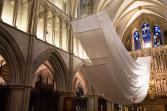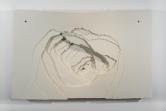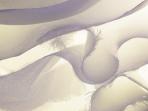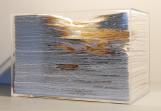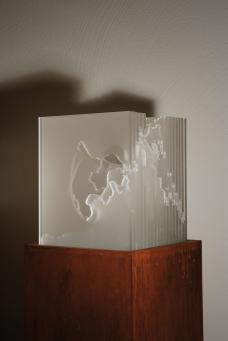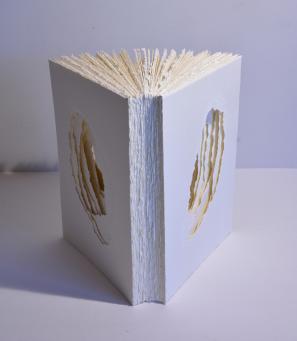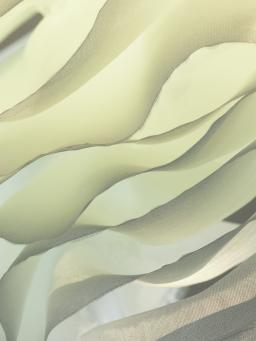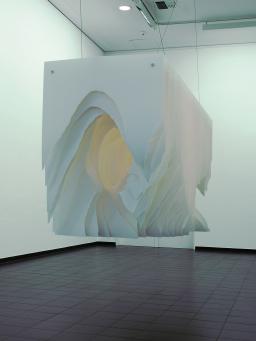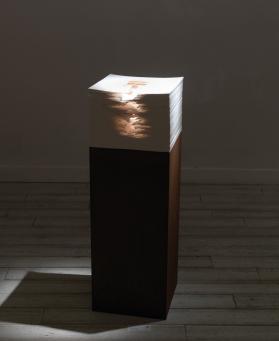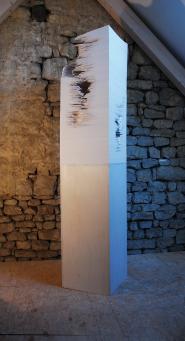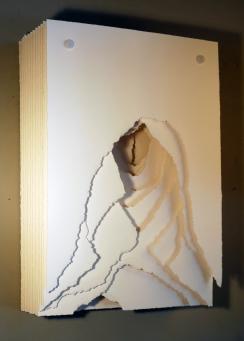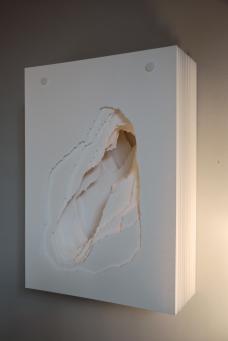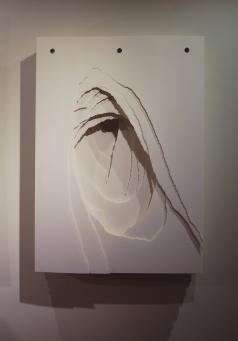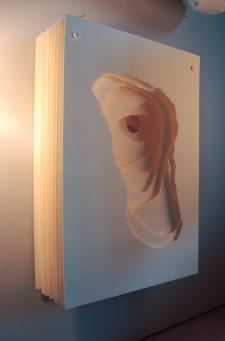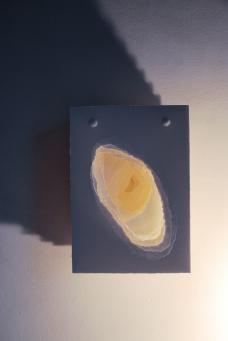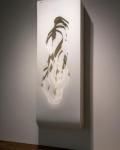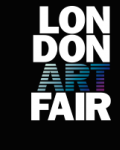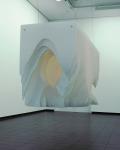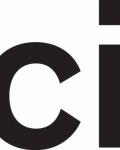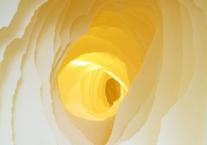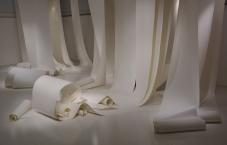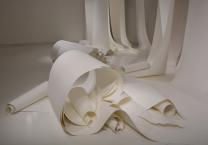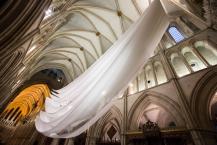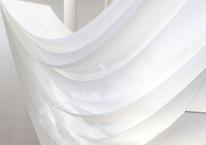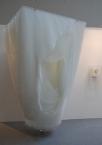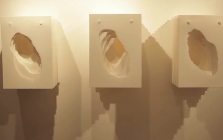-
9 November - 23 Dec 2017Bechter Kastowsky Galerie
-
18 February - 03 Apr 2015Southwark Cathedral
-
5 February - 07 Mar 2015
-
21 January - 25 Jan 2015Business Design Centre, 52 Upper Street London, N1 0QH
-
25 September - 28 Sep 2014Istanbul
-
27 February - 02 Mar 2014
-
10 April - 31 May 2013
-
22 November - 25 Nov 2012Istanbul Convention and Exhibition Centre (ICEC)

Glajcar’s work embodies sculpture and installation; it examines the way in which space is experienced using a material that is fragile and light. In the act of ripping and perforating a material that is traditionally used as a two-dimensional support, Glajcar gives paper a strong sculptural presence.
'Glajcar’s paper objects and installations explore the way space is experienced. Finely tuned states of equilibrium of lightness and heaviness, materialness and immaterialness, are intended to evoke in the viewer an emotional reaction to the inanimate objects. Glajcar’s professor, renowned sculptor Tim Scott, attested his master student an extraordinary "sculptural intelligence". This ability of the artist, namely, to find intelligent and thus cogent and strategic solutions, took her from wood and steel to paper, her current material of choice, meeting her particular requirements. Initially, paper appears light and fragile. Depending on its quality and layering, however, it can also be heavy and resilient. Since paper is made of natural substances and is therefore perishable like any other natural tissue, it takes up a position halfway between natural and artificial. In contrast to wood or metal it absorbs colour and is permeable without being of any colour itself. Paper can be processed without any tools – although this requires effort – and can easily be agitated, so that the works that already give the impression of floating begin to sway, casting a moving shadow.'
Sasa Hanten, editor of Angela Glajcar’s catalogue raisonne
Angela Glajcar
Terforation
Andipa Contemporary is delighted to present Terforation, the first UK solo exhibition of contemporary sculptor Angela Glajcar. German born Glajcar has exhibited and received commissions internationally with large-scale installations created in public and private venues throughout Europe and America.
Glajcars work embodies sculpture and installation; it examines the way in which space is experienced using a material that is fragile and light. In the act of ripping and perforating a material that is traditionally used as a two-dimensional support, Glajcar gives paper a strong sculptural presence. The vertically hung sheets of white paper produce impressions of great depth drawing the viewer inward. Terforation includes large-scale sculptural works alongside smaller earlier works dating from 2009 to 2011.
